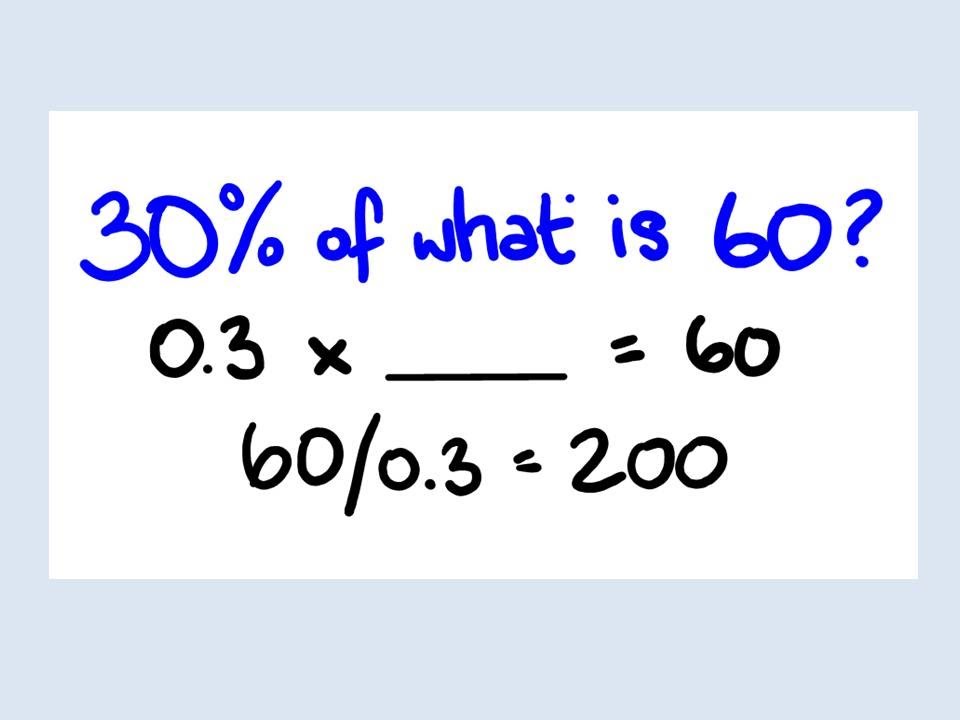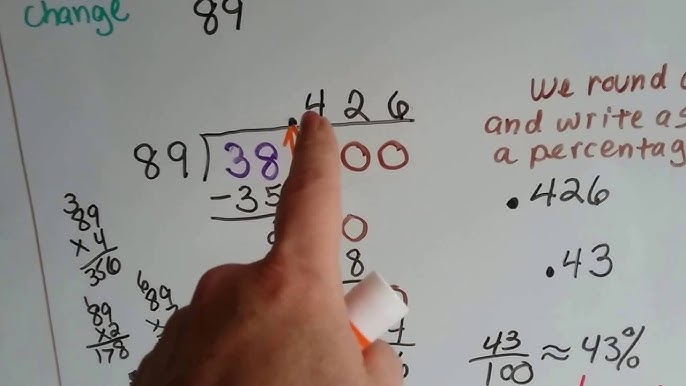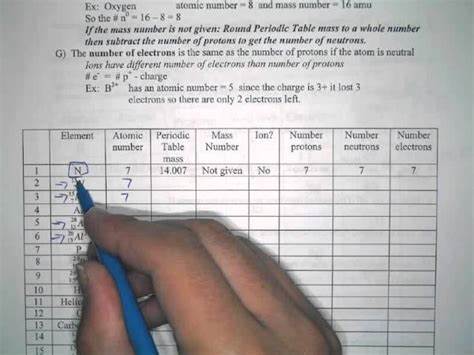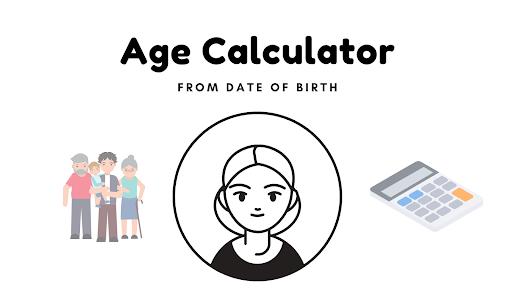How to Calculate Percentage of a Number ?

Calculating percentages is a fundamental math skill that is widely used in various fields, including finance, business, and everyday life. Whether you are calculating discounts, interest rates, or exam scores, knowing how to determine percentages is essential. In this article, we will explore different methods to calculate the percentage of a number, along with examples to enhance your understanding.
What is a Percentage?
A percentage is a number or ratio expressed as a fraction of 100. It is denoted by the symbol "%" and is used to compare quantities or express proportions. For example, 50% means 50 out of 100, or half of a whole.
Basic Formula to Calculate Percentage
The general formula to find the percentage of a number is:
Percentage = (Part / Total) × 100
This formula is useful when determining what portion one value is of another.
How to Find a Percentage of a Number
To find a percentage of a number, use the following formula:
Result = (Percentage / 100) × Total Number
Example 1: Finding 20% of 150
(20 / 100) × 150 = 0.2 × 150 = 30
Thus, 20% of 150 is 30.
How to Convert a Fraction or Decimal into a Percentage
If you have a fraction or a decimal and want to convert it into a percentage, follow these steps:
- For a Fraction: Divide the numerator by the denominator and multiply by 100.
- For a Decimal: Multiply the decimal by 100 and add the percentage sign.
Example 2: Converting 0.75 into a Percentage
0.75 × 100 = 75%
How to Find What Percentage One Number is of Another
To determine what percentage one number is of another, use the formula:
Percentage = (Part / Whole) × 100
Example 3: What Percentage is 30 of 200?
(30 / 200) × 100 = 15%
Thus, 30 is 15% of 200.
How to Increase or Decrease a Number by a Percentage
Increasing a Number by a Percentage
To increase a number by a percentage, use:
New Value = Original Value + (Percentage / 100 × Original Value)
Example 4: Increasing 500 by 10%
500 + (10 / 100 × 500) = 500 + 50 = 550
Decreasing a Number by a Percentage
To decrease a number by a percentage, use:
New Value = Original Value - (Percentage / 100 × Original Value)
Example 5: Decreasing 600 by 25%
600 - (25 / 100 × 600) = 600 - 150 = 450
Real-World Applications of Percentage Calculations
- Shopping Discounts: When a store offers a discount, you can calculate the sale price using percentage formulas.
- Taxes and Tips: Sales tax and restaurant tips are typically calculated as percentages of the total bill.
- Finance and Interest Rates: Interest earned on savings or charged on loans is based on percentage calculations.
- Exam Scores: Schools and universities use percentage scores to grade students.
Common Percentage Calculation Mistakes to Avoid
- Forgetting to divide by 100 when converting percentages.
- Misplacing decimal points when calculating.
- Incorrectly using percentage increase and decrease formulas.
Calculating percentages is a valuable skill that simplifies everyday calculations in finance, shopping, and academics. By understanding the basic formulas and practicing with real-world examples, you can confidently apply percentage calculations in various scenarios. Keep practicing, and soon percentage calculations will become second nature!





